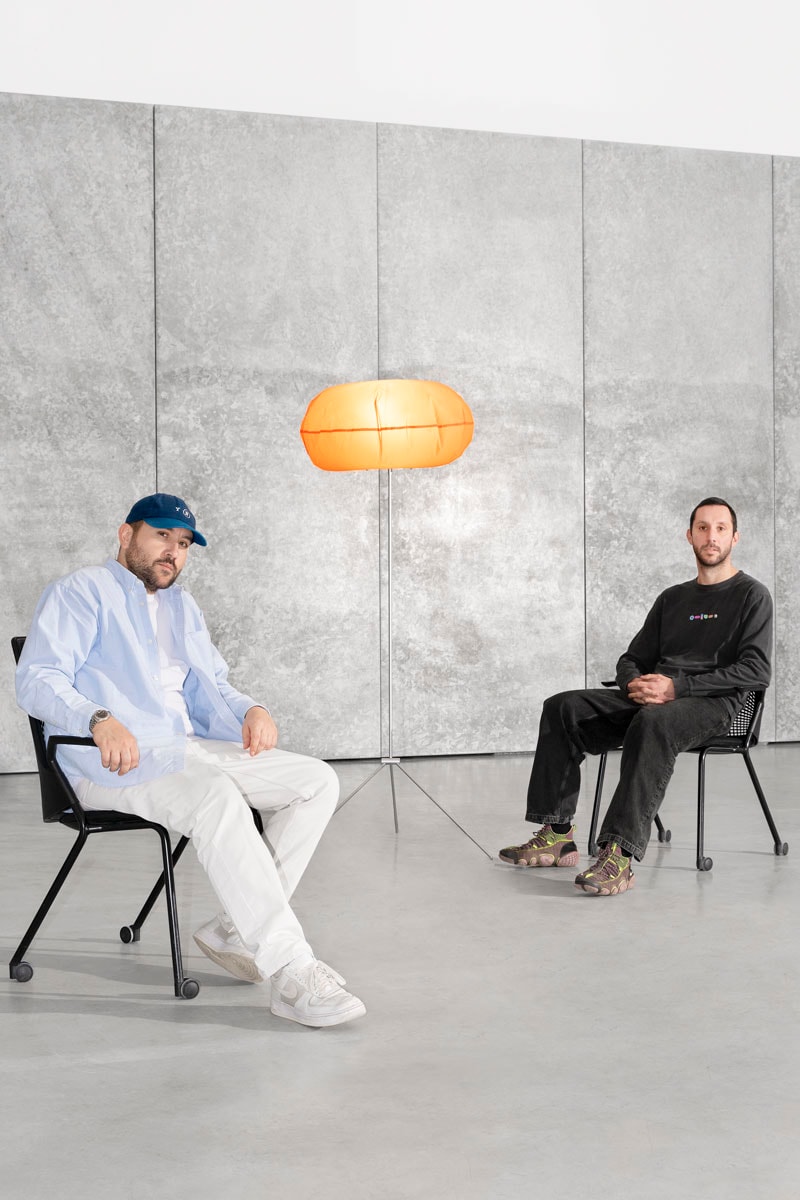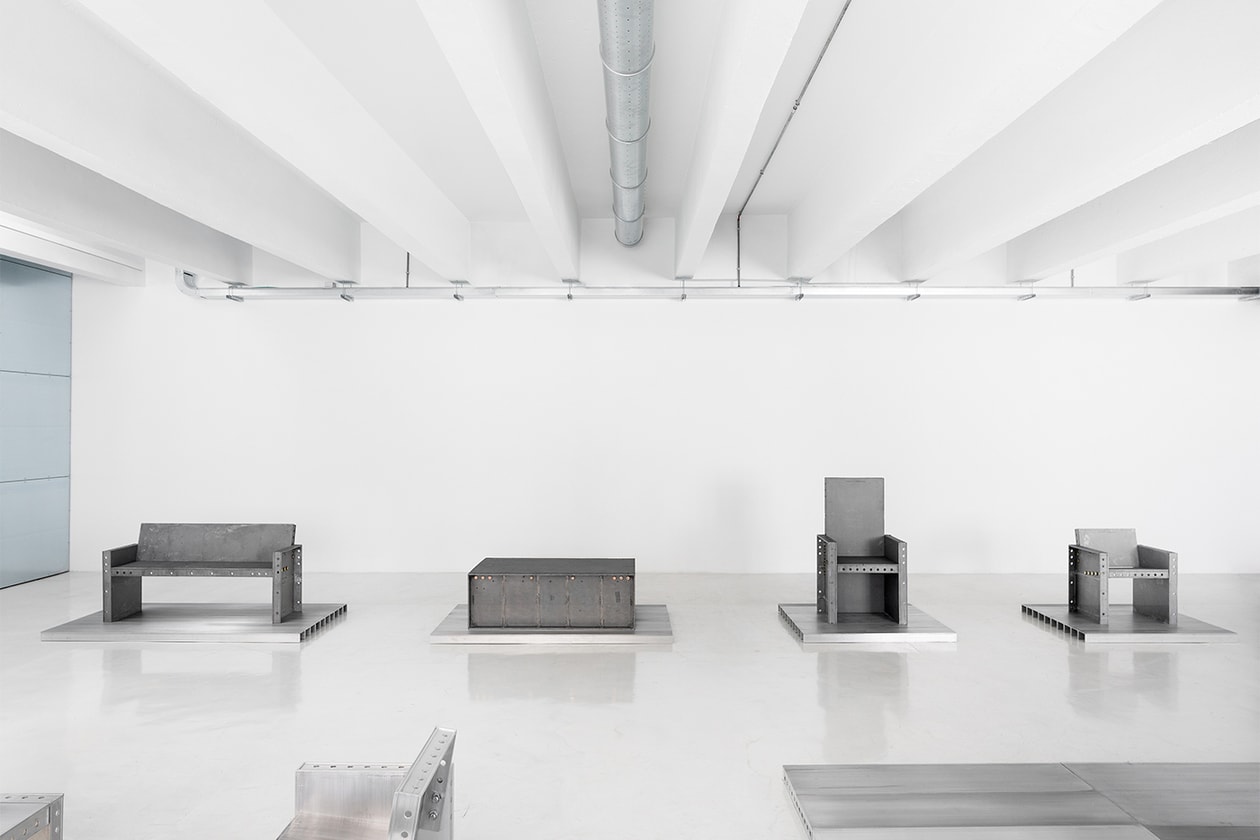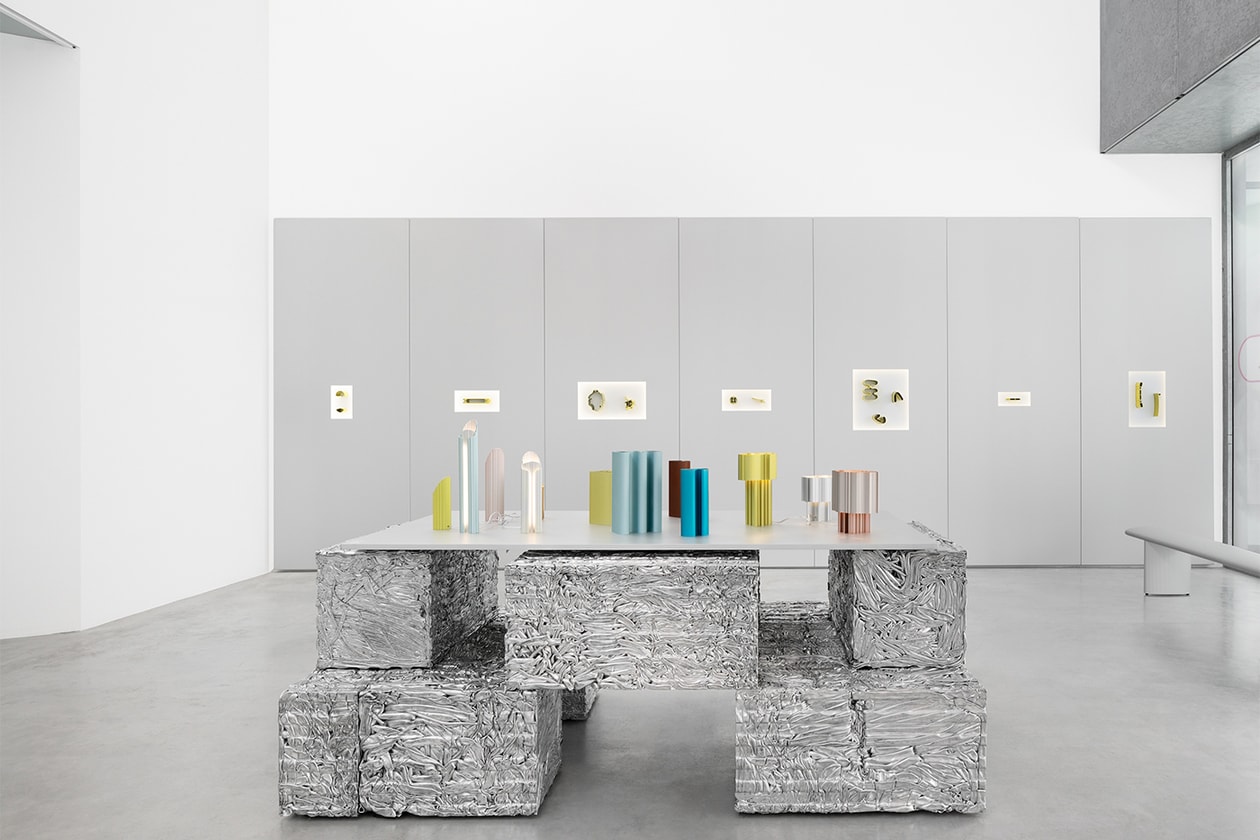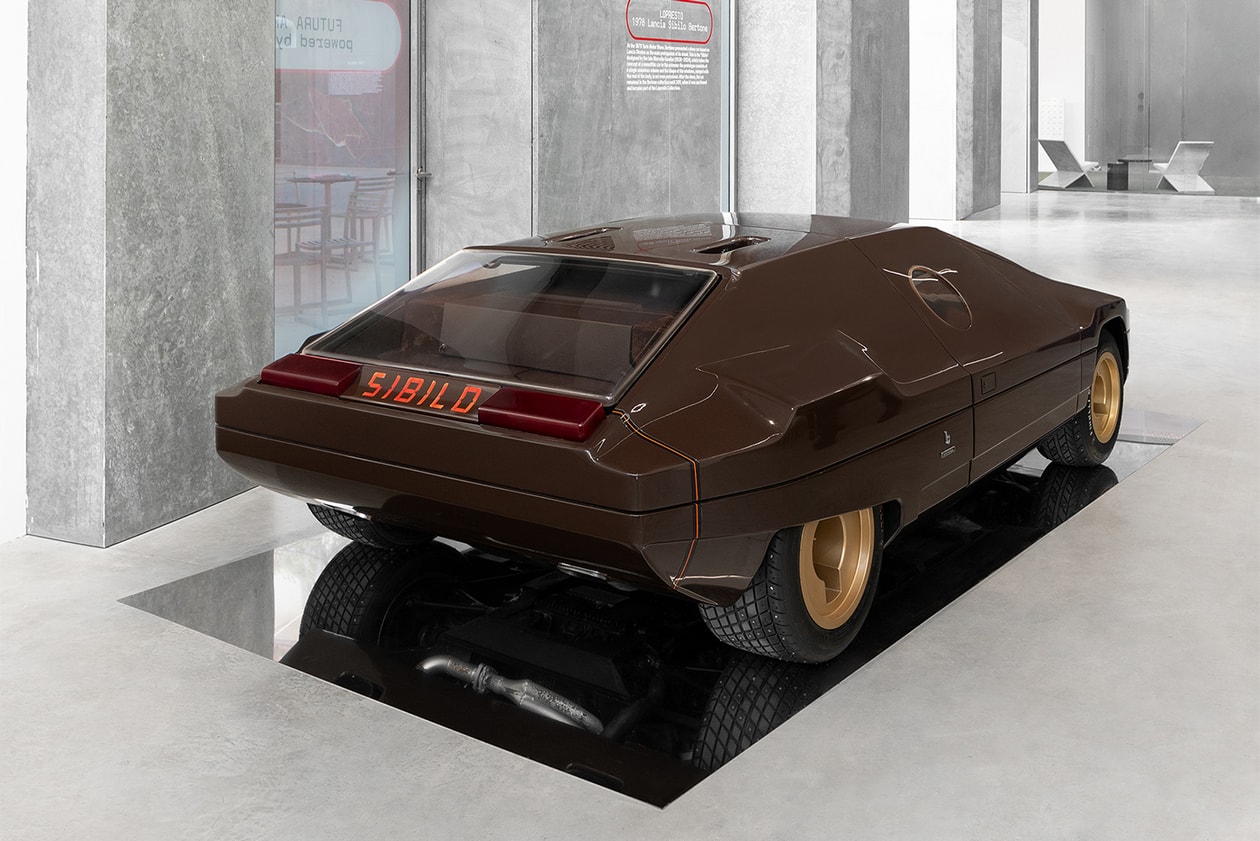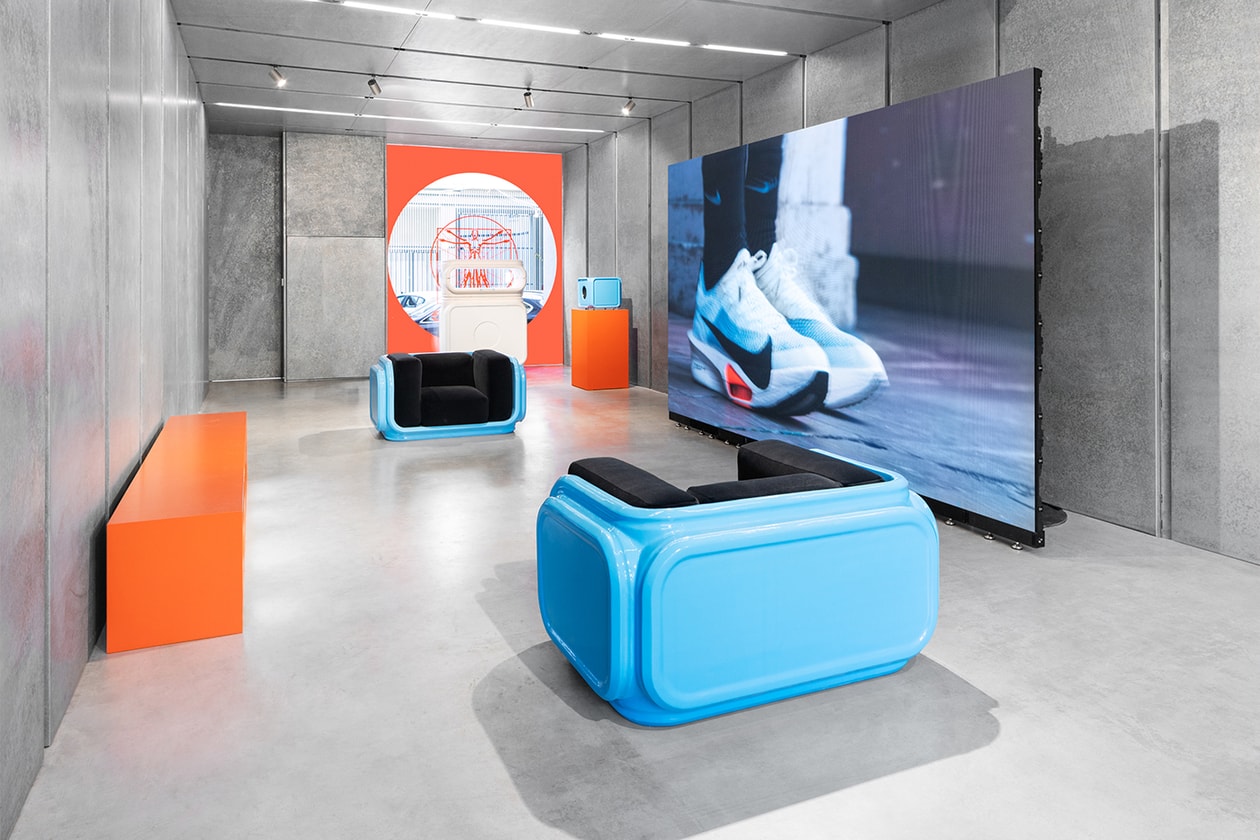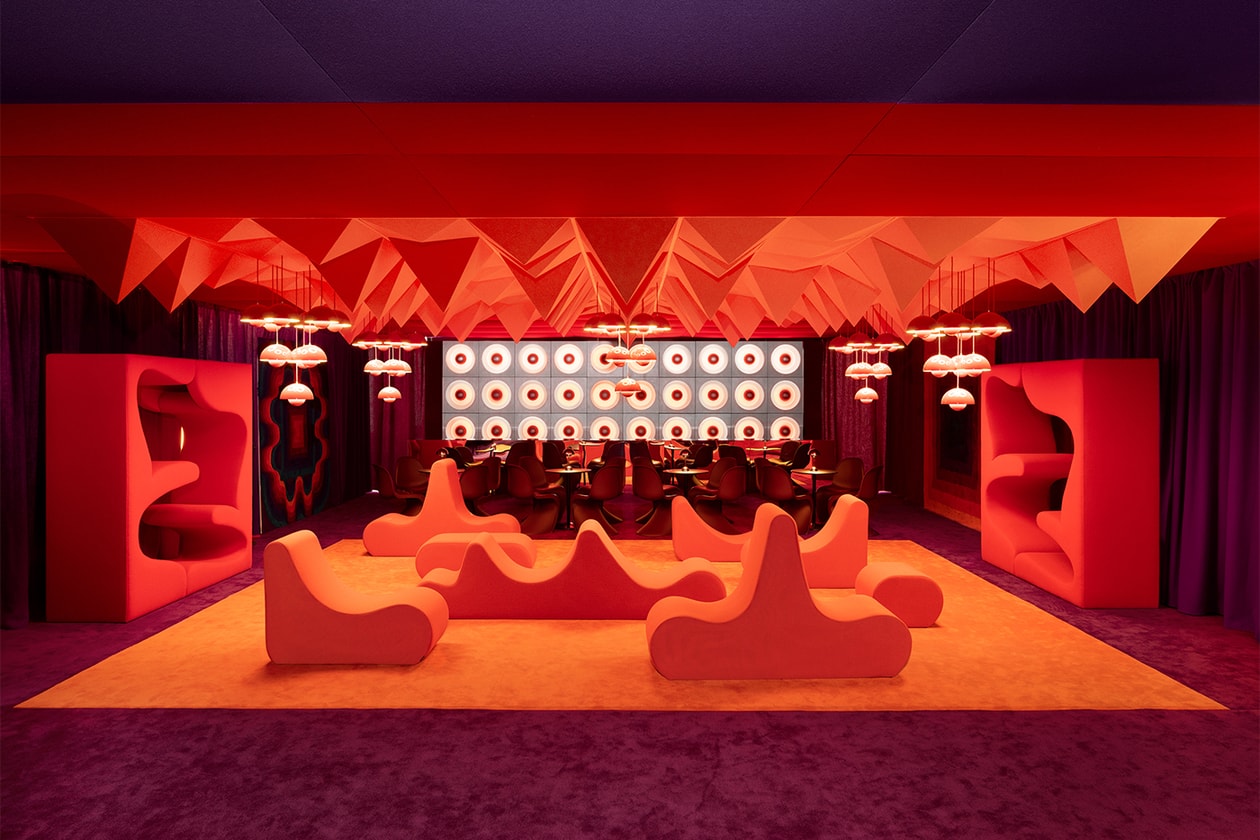
In the design industry, the term “radical” comes with certain connotations. The name of a prevalent movement in late 1960s Italy, its aesthetic and ideology was typified by a staunch opposition of functionalism, and a shift away from what was generally accepted as “good taste” in architecture and design.
Considering it encapsulated an industry in flux, and the very idea of design itself moving in a different direction, it speaks volumes that the upcoming Capsule Plaza takes its inspiration from this period in time, albeit with a 2024 slant.
“All of the big brands that we talk about, Tacchini, Iitalla – the radicals made them, and then they became mainstream after developing their products,” says co-curator Paul Cournet, who together with Alessio Ascari chose the theme “Radical Sensations” for the 2024 edition. “Their radical ideas are where our inspiration comes from.”
For Cournet and Ascari, the present version of radicalism manifests in the blurring of creative boundaries. It’s a trend that has been visible across the art, fashion, music, and food industries for some time now, with design acutely taking note – albeit a little late to the party – over the past couple of years. The idea that design is the foundation of all of these creative disciplines is baked into the core concept of Capsule Plaza, which began as life as an annual magazine (just ‘Capsule’) three years ago. The second issue marked the first edition of the IRL exhibition, with the content mirroring what was on show at the Spazio Maiocchi location. Issue three, launched this week, functions similarly.
New to this year’s edition, though, is a second location: 10 Corso Como. The iconic Milanese address has been taken over by Capsule to include an immersive installation and exhibition celebrating the legacy of Verner Panton, an presentation of objects by Herzog & De Meuron, the result of a collaboration between Format and Niceworkshop, and an exhbition by ECCO leather. Back over at Spazio Maiocchi, the likes of Rimowa, Nike, Hydro, and Ugg collaborate alongside independent designers such as Max Lamb, Alaska Alaska, and Muller Van Severen.
“We get to work with these legends and while also giving space to a new generation,” Cournet says. “To us, this is the idea of radical design for today,” Ascari adds. “We see the concept of radical in many of these projects, even though they are so different from each other – but what they all share is the fact that they are pushing the boundaries, being innovative and disruptive.”
“Milan is so busy during Salone – but where is that spot that you return to?”
When the pair met (over Instagram, while Ascari was editing fashion magazine Kaleidoscope and Cournet was an architect at OMA), their tastes instantly aligned. It was during pandemic times, when many of us suddenly found ourselves with little newness to consume, and as such, the magazines of the 60s, 70s, and 80s provided a huge springboard for what Capsule would go on to become. “It felt like back in the day, they were doing something that was much more progressive than what is done today in the publishing landscape,” says Ascari.
In addition to this notion of looking backwards, the pair were increasingly aware of what was happening in the present moment. “We saw this switch,” Alessio said. “A lot of younger people had discovered archival fashion, and at the same time, the concept of the circular economy was becoming a huge topic.” Slowly but surely, Alessio adds, this started to creep into design – “we witnessed this wave of the younger generation rediscovering design in the same way”.
The pair set out to encapsulate this observation for the Capsule platform, and it’s perhaps even more evident in this year’s offering than the previous iteration. Inside the walls of Spazio Maiocchi – the concept of design itself is explored through its many facets and outputs. Crucially, bringing brands and designers from all walks of life, with all different kinds of stories to share, and using a range of styles creates this sense of community.
“Milan is so busy during Salone – but where is that spot that you return to?,” Cournet asks. It’s true, there often isn’t much time to spend inside installations, with visitors hopping from space to space in hopes of seeing as much as possible. Capsule Plaza, however, brings so much together under one umbrella, that you leave feeling fully satisfied.
The format seems to be working, and if the amount of times an installation is included in the various “Best of Milan Design Week” lists is something to go off, the duo are certainly on to something. Milan might be there home for now, but for Cournet and Ascari, this is a format that has global potential. “When we think about Capsule Plaza in the US or in Asia, we know that it’s going to have the same attitude and the same philosophy, but the output will be more specific to the place we’re in,” Ascari says. “In this crazy business of global design events, all we want to do is create a space that has that sense of community,” concludes Cournet.
Capsule Plaza is open until April 21, and was one of our must-see’s for Milan Design Week 2024. Check out the rest here, and see the full list of Capsule Plaza exhibitors here.


